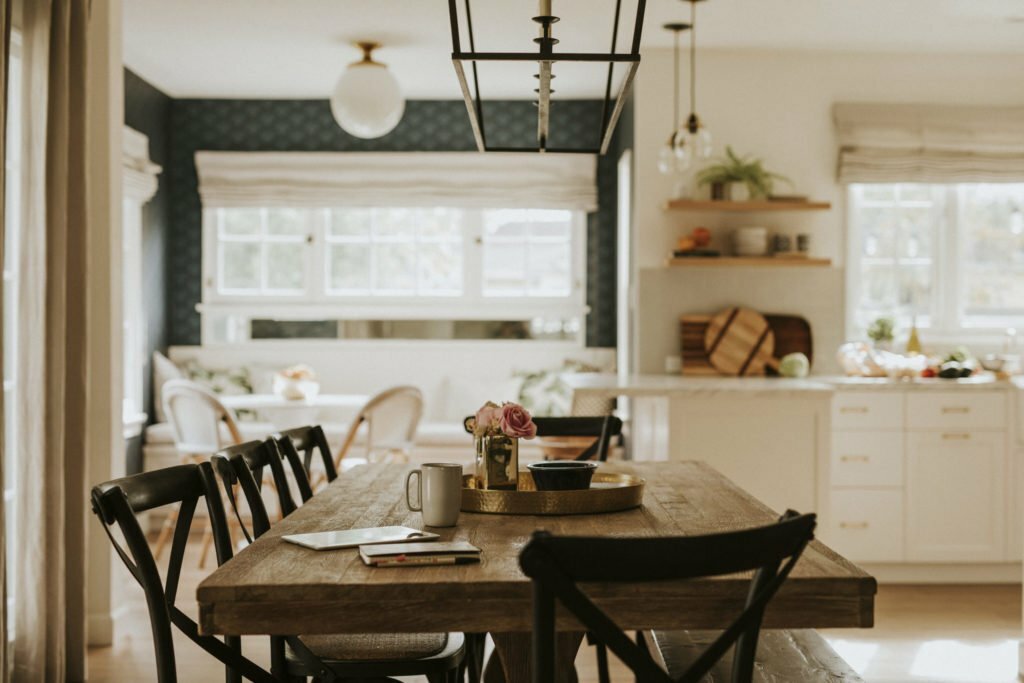Over the past year, many people have started considering the importance of indoor air quality. Although air quality has always been an important factor for health and safety, the post-pandemic landscape has made indoor air and structural ventilation a major consideration for all those returning to work and other public places. But how crucial is indoor air quality in the household? For many homeowners, this may be a relatively new concern. However, purifying a household of airborne toxins and allergens should be an ongoing responsibility.
If you’re a homeowner currently looking to improve the quality of your home’s breathable air, the good news is that there are both preemptive and consistent tasks that can make your home even safer for your friends and family. Here, we will look at some of the most important reasons to improve your household’s indoor air quality, as well as some popular solutions and helpful tips.
Indoor Air Quality and Your Home

Although most homeowners are familiar with the term “indoor air quality,” they may not know the numerous factors that can actually impact the oxygen in their homes. When you consider that your home’s HVAC system utilizes that same fresh air from outside, it’s important to note what organic toxins may also be present within that outdoor air. By transferring that outdoor air into the living space, your family can become susceptible to mold, pollen, dust mites, and other allergens. If any family members have asthma or similar respiratory issues, these forms of organic air pollution can be particularly dangerous. If you’re looking to improve indoor air quality within your house, monitoring the ventilation and ductwork of your HVAC can be a great way to ensure these toxins remain outdoors.
However, it’s important to remember that indoor air quality can be equally affected by internal variables, such as some of your home’s most delicate operating systems. For example, if your house is equipped with a traditional gas stove or furnace, it’s crucial to have both machines annually inspected by a professional technician. Over time, dangerous gases, such as carbon monoxide, can seep through cracked or broken hardware. Likewise, poor insulation can lead to high moisture and humidity levels throughout the house, which can have its own share of safety concerns.
Simple Solutions and Homeowner Tips

For each aspect of your home’s indoor air quality, there are practical and cost-efficient solutions to boost your efficiency and safety levels. As mentioned, outdoor air that travels throughout your home can be a major threat to your home’s air quality. However, having your ducts and vents cleaned once a year can make a positive difference. As a homeowner, one of the easiest tasks that you can perform on your own is swapping out your HVAC’s air filters. As both the air conditioner and heater share the same filters, over time, debris can cause major clogs, limiting your airflow. Not only does this put unnecessary wear and tear on your equipment, but various allergens can go unfiltered. For peak efficiency and safety, professional HVAC technicians recommend that you change out your filters every other month.
When it comes to internal threats to your home’s air quality, there are similar solutions that won’t break the bank. In order to monitor your home’s indoor air pollution levels with regard to potential gas leaks, a working carbon monoxide detector is a mandatory item. Not only should all homes be equipped with such a detector, but homeowners are urged to check the batteries every few months as well. The same goes for a consumer-level dehumidifier, which is the best way to make your air cleaner throughout the year.









